Moscow - Red Square
In central Moscow and adjacent to the Kremlin lies the Red Square as a symbol of both Russian and Soviet greatness. Ever since the Russian revolution in October 1917 when the Bolsheviks took power in Russia, the Red square has been a place for major political power manifestations. During the Communist era, the October revolution was celebrated with pomp and splendor where the tribute to the party and Lenin was superior to everything else. But even the victory over Germany in the Great patriotic war on May 9, 1945 was celebrated annually with a grand military parade. After the fall of the Soviet Union, the tribute to the October revolution has disappeared, while the day of victory on 9 may is still celebrated with a grand military parade. A parade that at the same time, if not more, is a gigantic tribute to Russia’s own military forces and a demonstration of strength outwards. Since 1965, the day of victory in Russia has been a public holiday.
Next to the Red Square is the Kremlin Wall and the mausoleum of Lenin. At the Kremlin wall, early revolutionaries, communist leaders, and other prominent figures who the Soviet leaders found worthy of being buried in this place were buried. The exception is Nikita Khrushchev who, after being deposed by Brezhnev in 1964, was not considered worthy of being buried at the Kremlin Wall when he died in 1971. Khrushchev was instead buried in Novodevich cemetery. But no one can be compared with Lenin, who in his honor received a mausoleum as the last resting place.
When the founder and leader of the Bolshevik party Vladimir Lenin died in the aftermath of syphilis on January 24, 1924, it was obvious that his body would be preserved for posterity. In the Marxist-Leninist belief, Lenin was elevated to a cult resembling religious leaders. As early as January 27, a temporary wooden mausoleum had been established on Red Square where people could (and were expected to) pilgrimage in honor of ”the Great”. In 1930, a larger and more extensive mausoleum was built that corresponded to the greatness of Lenin.
During the thirties, a tribune was also built above the mausoleum where communist party leaders could watch military parades, political manifestations and receive the tributes of the people. In October 1941, when a German occupation of Moscow could not be ruled out, the body of Lenin was transported to Siberia and returned only after the war. When Stalin died in March 1953, he was placed next to Lenin but in connection with Stalin’s successor Nikita Khrushchev’s detronization of Stalin, he was moved in 1961 and buried at the Kremlin wall. The Mausoleum, of course, became a place of pilgrimage for faithful communists during the existence of the Soviet Union. Lenin’s teachings were considered to be above everything and everyone, and he was hailed as a religious icon without any human counterpart.
Current status: Preserved (2018).
Address: Red Square, Moskva.
Get there: Metro to Teatralnaya Station.
Follow up in books: Merridale, Cathrine: Red Fortress: History and Illusion in the Kremlin (2014).
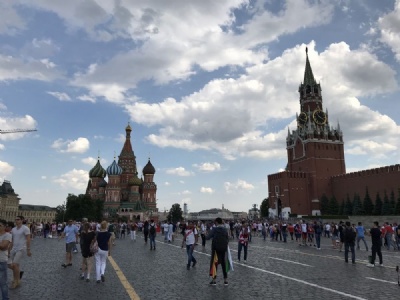
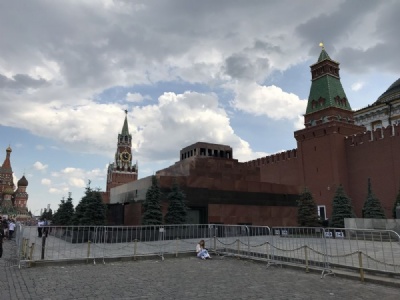
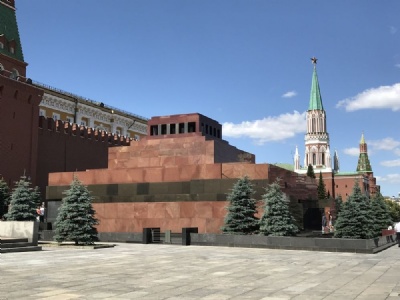
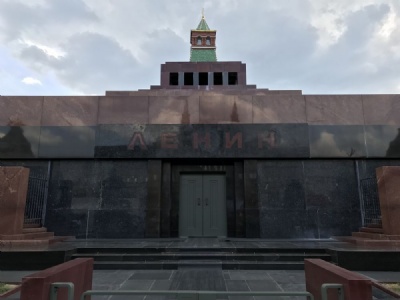
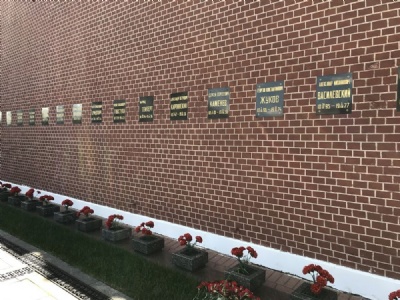
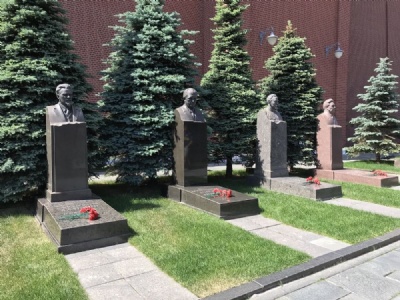
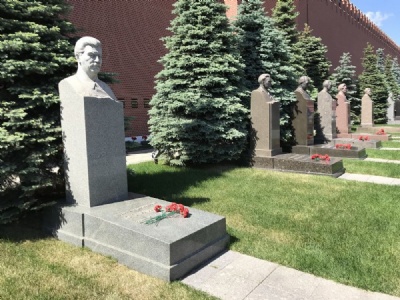
After the fall of the Soviet Union in 1991, Lenin has been a subject of discussion and remains so. Some argue that he is too prominent and important as a person in the history of Russia (and the Soviet Union) and he thus deserves a place and should continue to be preserved where he is. Others argue that he was a mass murderer equivalent to Hitler and should be moved to a different location than the central Red Square. The discussion about Lenin’s embalmed body will probably continue and what historical judgment he will get, only time will tell. Lenin is a bit like Mussolini, Mao, Franco, Pavelic, Tito. There is still a social and political acceptance for those who do not make it so controversial to sympathize with them in a way that is completely unthinkable in comparison with Hitler.
The Kremlin wall and the mausoleum are a must-see destination, not only for the historically interested but also for the ordinary tourist. Its central location at Red Square makes it easily accessible, but even if the long lines from the past may be gone, visitors can expect to stand in line both one and two hours to be let in. Visiting times are pretty stingy so you should be out on time but it’s worth it. It is really interesting to go and look at the graves and busts of former prominent communist fighters.
What about the mausoleum then? Of course, it is the highlight of the visit but at the same time not. Lenin is still well guarded and as a visitor there is little time to look at the body of one of the most prominent political personalities of the twentieth century. The guards do not allow the visitor to stop, but immediately start to snap their fingers as a clear signal to move. To photograph, or even talk, isn’t even an option. But still, it’s worth visiting.